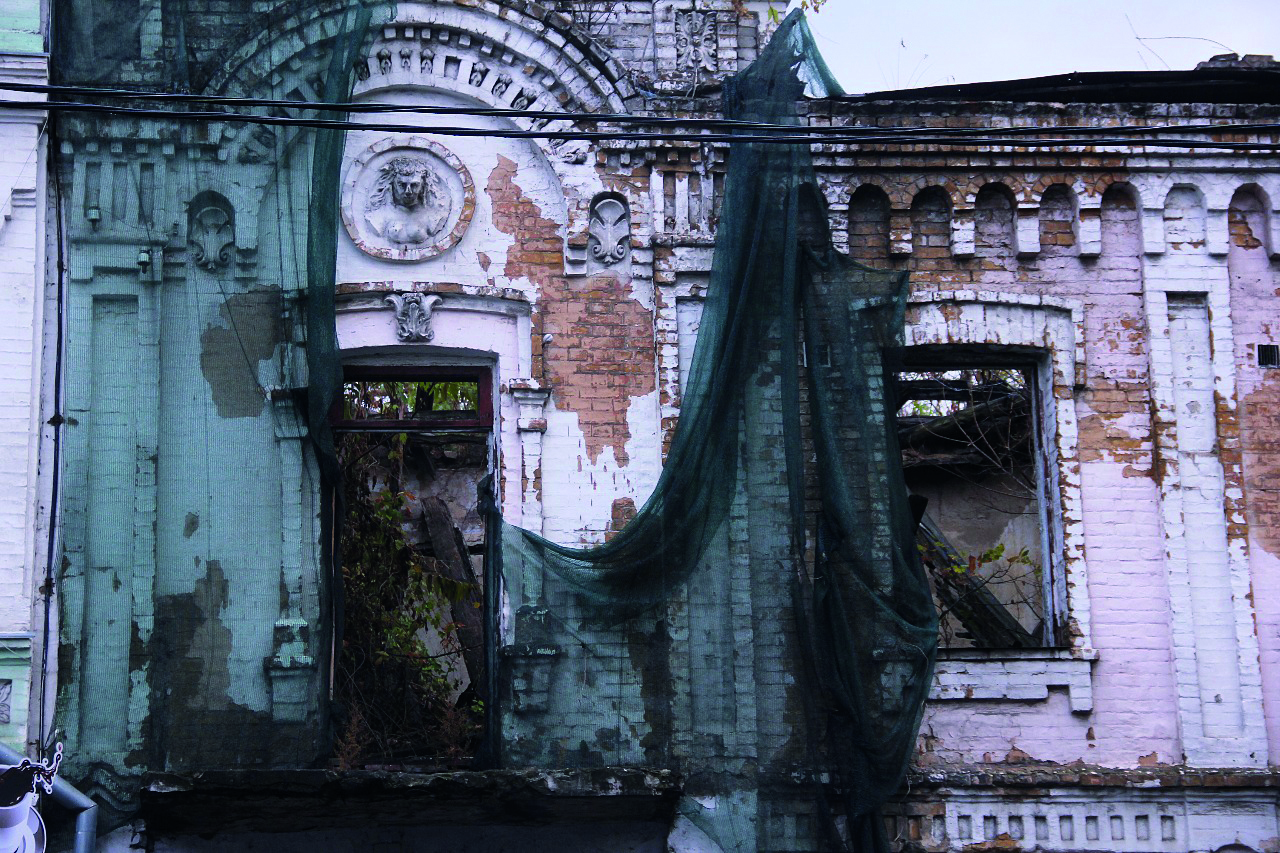All Aboard!

Good afternoon! Welcome aboard the Carpathian Tram. My name is Dzvinka and I will be your guide for the trip. Let me brief you on some rules to be followed while on the journey, the most important of which is to leave all your negative thoughts and emotions on the platform…
 This is how the tour on the Vyhoda narrow-gauge railway, aka the Carpathian Tram, begins.
This is how the tour on the Vyhoda narrow-gauge railway, aka the Carpathian Tram, begins.
The route starts in Vyhoda and snakes through the mountains across the picturesque Mizunka River. For over a century, the Carpathian village of Vyhoda, with a population of 3 500 people, has been the starting point of this unique narrow-gauge railway.
Established by Austrian Baron Leopold Popper von Podhragy for timber transport, a British and then Polish company took over control of the railway following the first world war. The Germans stepped in during WWII furthering construction to its final length of 180 km. With the transport of timber on the decrease, the railway fell into disrepair, and by 1990, it had retracted to a length of just 135 km. In 1998, severe floods completely washed away more than half the route.
 In 2000, the company founders of Uniplyt had an idea to reclaim the status of Vyhoda as a timberwork village and set to work on a factory manufacturing fiberboard. At that time, only 7 km of rails were in any serviceable condition. The company managed to renovate 75 km, and the line has been used as a cargo train timber network ever since. In 2003, the train added to its rounds a tourist option, and renamed the Carpathian Tram, it boasts weekly passenger flows of 500–700 people.
In 2000, the company founders of Uniplyt had an idea to reclaim the status of Vyhoda as a timberwork village and set to work on a factory manufacturing fiberboard. At that time, only 7 km of rails were in any serviceable condition. The company managed to renovate 75 km, and the line has been used as a cargo train timber network ever since. In 2003, the train added to its rounds a tourist option, and renamed the Carpathian Tram, it boasts weekly passenger flows of 500–700 people.
Rides for tourists are carried out every weekend, with options for the standard 4-hour ride from Vyhoda to Dubovyi Kut and Mizun  Waterfalls, or an 8-hour ride through the mountains. The longer option starts in Vyhoda and passes through Shyrkovets, Staryi and Novyi Mizun, Dubovui Kut, Solotvyno forest, and Myndunok.
Waterfalls, or an 8-hour ride through the mountains. The longer option starts in Vyhoda and passes through Shyrkovets, Staryi and Novyi Mizun, Dubovui Kut, Solotvyno forest, and Myndunok.
In April 2016, the former residence of Baron Popper was turned into an interactive museum. You are not only allowed to touch the exhibits, but are advised to do so, as each exposition requires interaction human interaction. Visitors get to know the history and nature of the land, in particular the timber processing tartak (mill), as well as learn more about the life of the ethnic Boikos who call this area home.
There will be another exciting port of call in Issue 9. Can’t wait? Visit ukrainer.net











